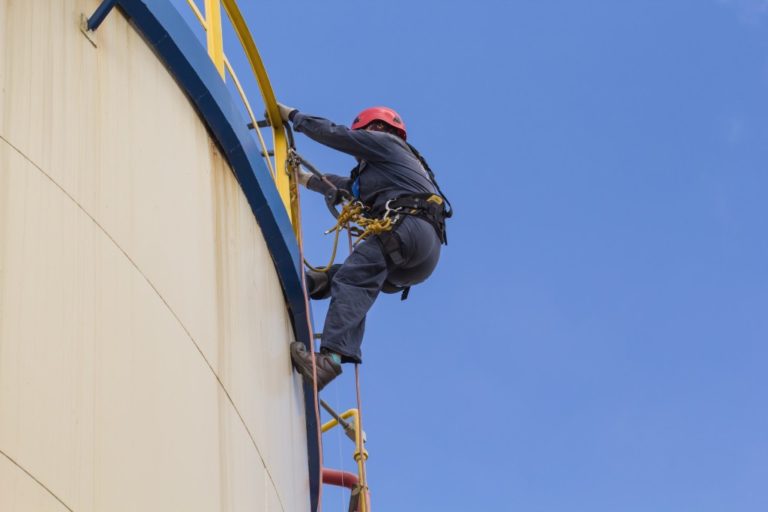A high number of industries require tanks and silos for storage. They can range from cryogenic storage tanks to water tanks, but they all require some maintenance steps in common. Some of the gasoline fuel or industrial chemicals that these tanks are made to store can be highly corrosive, causing rusting if they are not maintained properly. Rusting is dangerous as it can cause leaks and burst pipes. These are the steps that you need to take to ensure that your tank is in sound working condition.
1. Watching out for signs of damage
Your tank needs to be monitored regularly for signs of damage. Signs of damage might include any cracks on dents developing, including the lid not shutting properly. If you see rust or dampness forming in any corner, this needs to be checked out immediately. There should be no unevenness in terms of texture, such as bulges forming or sagging. The structure on which your tank is standing should also be sound. If it is moving or unstable, it can cause an accident. Pipes leading to and from your tank should also be checked for these same signs of damage.
2. Painting at regular intervals
You tank requires painting for much more than aesthetic purposes. Tanks are made to put up with weather extremes such as sub-zero temperatures and high heat days. The outer coating of the painting works to protect the tank in multiple ways. It provides insulation and an airtight seal, which keeps your tank from rusting or sustaining weather damage. A monthly visual inspection of the coating should reveal no big cracks, signs of paint running thin, and chips or other visible damage. When you notice signs of damage, it is important to repaint your tank through a professional tank painting contractor; otherwise, it can lead to serious accidents such as leaks.
3. Removing buildups
Tanks contain different kinds of materials, which can lead to buildups that can be very dangerous for safety. Limescale, acidic materials, and other toxic elements can build up in your tank. These can be cleaned through regular cleaning procedures, which can be carried out by professional companies using water pressure and other cleaning products. There are high-tech ways of cleaning tanks. They are not safe to be cleaned physically, such as through using video feeds and cleaning robots. The tubes and pipes that are connected to your tank should also be monitored and cleaned for blockages and signs of damage.
4. Checking your filtration system

Part of tank maintenance is checking the filtration system to ensure that it is in working order. These remove any contaminants and harmful elements in the tank. There are many different filtration systems, so the maintenance procedure for each of these is different. Make sure to contact professionals suited for the type of system you use.
Installing a tank requires regular care and compliance to avoid dangerous and costly risks. With timely maintenance checks, these can be kept at bay. For many large industrial facilities, it is also important to keep tanks in good shape to avoid compliance-related fines.






